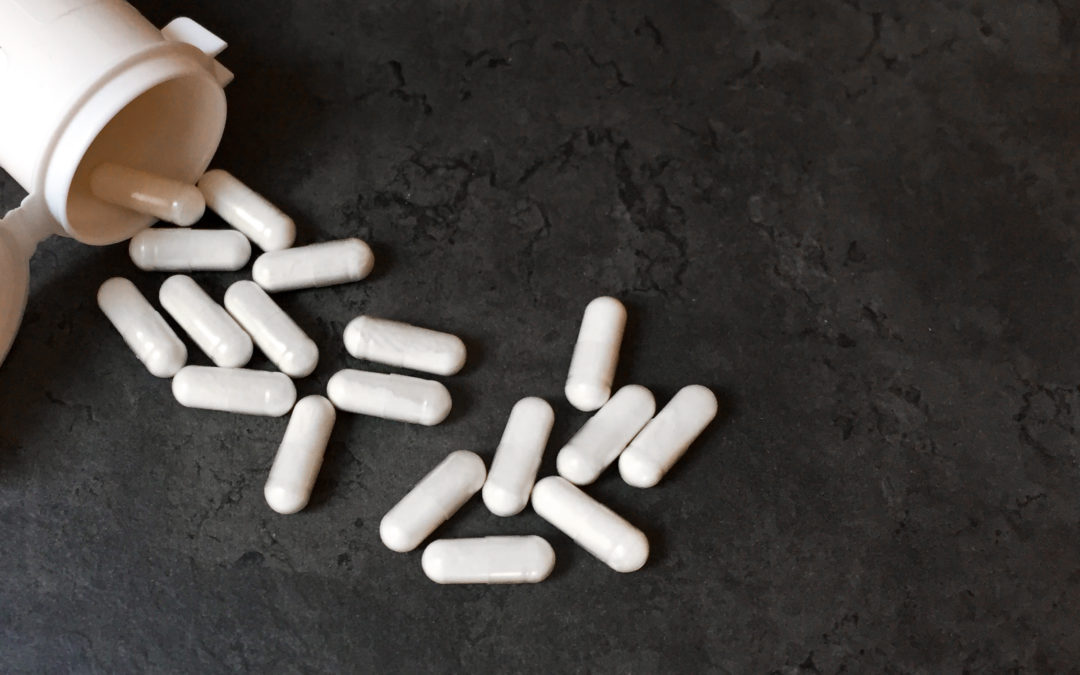Prebiotics play a very important role in human health, but it is not easy to find a functional concentration of prebiotics in food, which is why we have been trying to make up for this deficiency with large-scale industrial production for some time now. Some traditionally used prebiotics are GOS and FOS.
FOS
Although they are present in about 36 thousand plants, their concentration in them is sometimes not sufficient to have prebiotic effects, so it is necessary to extract and concentrate them or synthesize them. There are different production methods, both by chemical and enzymatic process, for example with glycosidase and glycosyl transferase.
For the production of FOS, both the entire cell of a microorganism by bioconversion and a free enzyme by biocatalysis can be used, and there are numerous factors that can influence the concentration of FOS that is produced, depending on the amount of initial substrate and the optimization of reactions.
GOS
Enzymes are therefore used for the synthesis of GOS: the most important ones are galactosyl transferase and galactosidase. The first enzyme in particular makes it possible to obtain large quantities of GOS.
In this case, however, the production costs of prebiotics are high because the reaction requires activated sugars. With the second method, instead, by means of galactosidase, an optimal result can be obtained but with much lower costs.
Metabolic end products
In the bioconcersion process, however, some metabolic end products may be produced when viable whole cells are used and may influence the production of GOS. Purification methods should therefore be used to eliminate such metabolic products, making the process beneficial.

